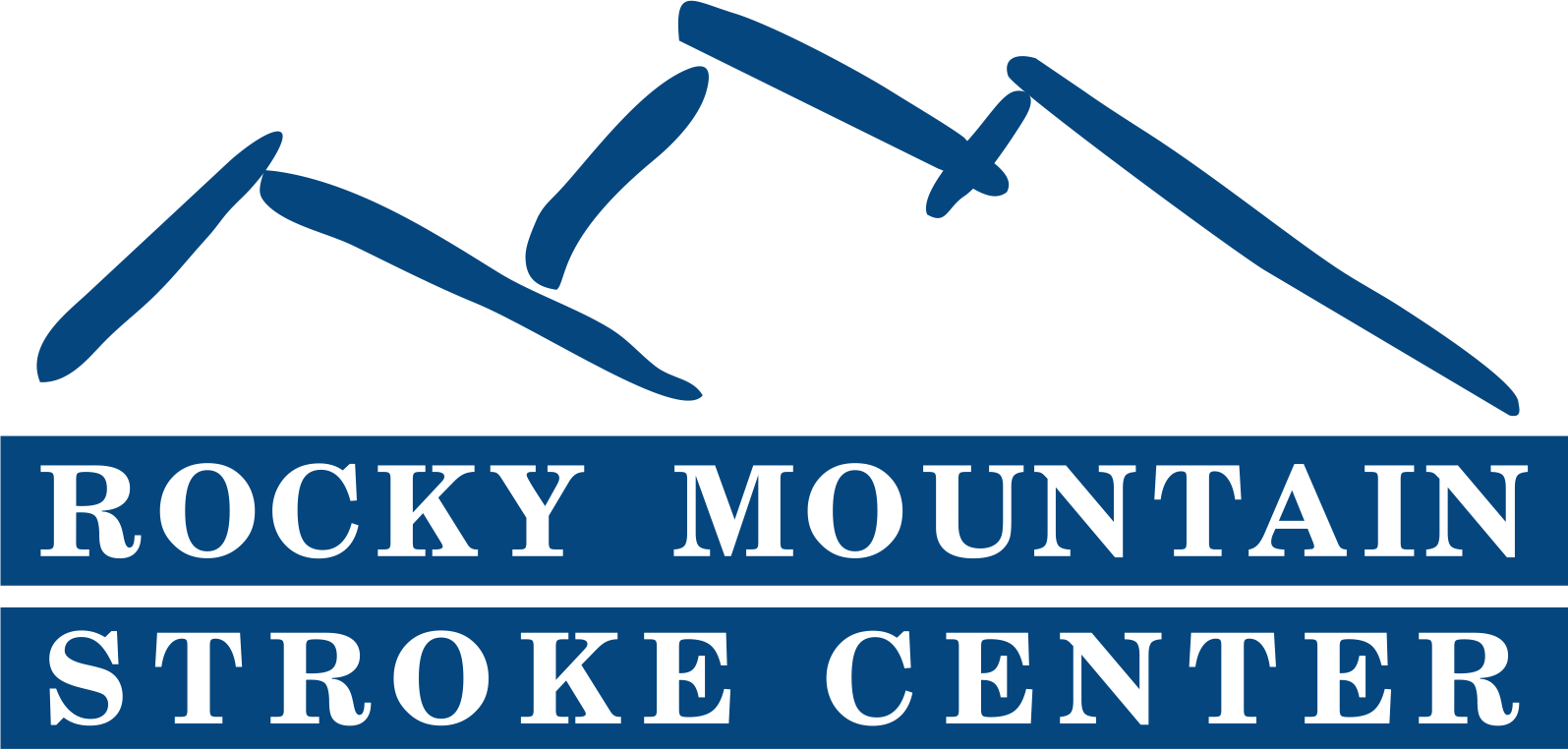top of page

"Where recovery continues..."
Rocky Mountain Stroke Center
Information. Rehabilitation. Support.
Stroke Symptoms and Statistics

Stroke Symptoms - Spot a Stroke. B.E. F.A.S.T.!
B - BALANCE - A sudden change in dizziness, loss of balance, or coordination
E - EYES - A sudden change in vision in one or both eyes
F - FACE - A sudden change in facial weakness on one side or an uneven smile/facial droop
A - ARM - A sudden change in arm weakness on one side causing one to be unable to raise both arms evenly
S - SPEECH - A sudden change in communication resulting in impaired, slurred, speech with difficult repeating simple phrases
T - TIME - If the person was awake, track the time that symptoms began and Call 911 Immediately!
The most effective stroke treatments are only helpful if the stroke is recognized and diagnosed within the first three or 4.5 hours of the first symptoms. Regardless, time is always important when reacting to a stroke.
YOU can help detect a stroke and save someone’s life,
and doing so quickly can help decrease the level of disability after stroke.
Unique Symptoms in Women -
Women may report stroke symptoms that are different from the common symptoms (BEFAST).
They can include:
-
Loss of consciousness or fainting
-
General weakness
-
Difficulty or shortness of breath
-
Confusion, unresponsiveness or disorientation
-
Sudden behavioral change
-
Agitation
-
Hallucination
-
Nausea or vomiting
-
Pain
-
Seizures
-
Hiccups
Unique symptoms create a problem, because they’re often not recognized as a stroke symptom, and treatment is often delayed.
Stroke Statistics in the United States
-
Stroke is the #1 cause of long-term disability
-
Each year, ~795,000 people have a stroke
-
On average, someone has a stroke every 40 seconds
-
Strokes can and do occur at ANY age.
-
Nearly 1 in 3 strokes are under the age of 55
-
-
There are over 7 million stroke survivors today
-
2x as many women die from stroke than breast cancer

bottom of page